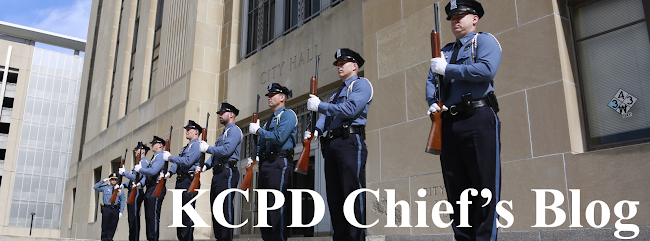We sometimes hear complaints that police don’t respond as
quickly as people expect to certain types of incidents. The most common
complaints are for calls about burglaries, car break-ins and non-injury
accidents. We have a finite number of officers, so we must prioritize calls in
which someone’s life or safety is at risk. Our policy very clearly outlines what types of calls receive priority, but here’s a little
more succinct version that our dispatchers follow:
Priority 10: Assist the officer, send
immediately
Priority 11 – 13: Calls where there is
imminent danger to a person’s welfare (always lights and sirens on), send
immediately
Priority 20: Calls where there is a potential
danger to a person’s welfare (lights and sirens on if the incident is currently
in progress), send within 2 minutes
Priority 30: Calls where the quality of the
police response may be degraded if there is a delay, send within 5 minutes
Priority 40: Calls where a delay is
acceptable
Priority 50: Calls where a delay of up to 4
hours is acceptable
Last month, July 2013, our median response time for Priority
10 calls (encompassing 10-13) was 7.42 minutes, and it was 9.78 minutes for
Priority 20 calls. This is the time from the moment a 911 call is received to
the moment an officer arrives on scene.
Consider this snapshot in time: at 10:15 a.m. on Tuesday,
Aug. 20, there were 13 units (police cars manned by one or two officers)
working in the Central Patrol Division. None were free to take any calls. All
were tied up, responding to the following: two assaults, two injury crashes, a stabbing,
investigating a suspicious person report, meeting an ambulance, meeting with
someone who found a child reported missing and transporting an endangered
person to a domestic violence shelter. Another had to testify in court. Two
calls were in queue waiting to be dispatched whenever an officer became
available. One was a 911 hang-up, and the other was a non-residential burglary.
Although it was a Priority 30 call that was to be dispatched
within 5 minutes, the burglary caller had been waiting 65 minutes for police to
arrive. I understand that person was probably frustrated. I know victims of
property crimes often feel violated and scared, but it would be irresponsible
for police to respond to their calls for service before a call in which
someone’s safety is currently being threatened. It’s not because what happened
to the burglary victim is not important, but like any organization, we must
manage our resources as efficiently and responsibly as possible.
As we work to continue improving relationships with the
community, it’s important that we keep expectations realistic. Police can’t
always show up to non-emergency situations as soon as residents prefer, but we
do our best to help those who need us most as quickly as possible.
Send comments to kcpdchiefblog@kcpd.org.

